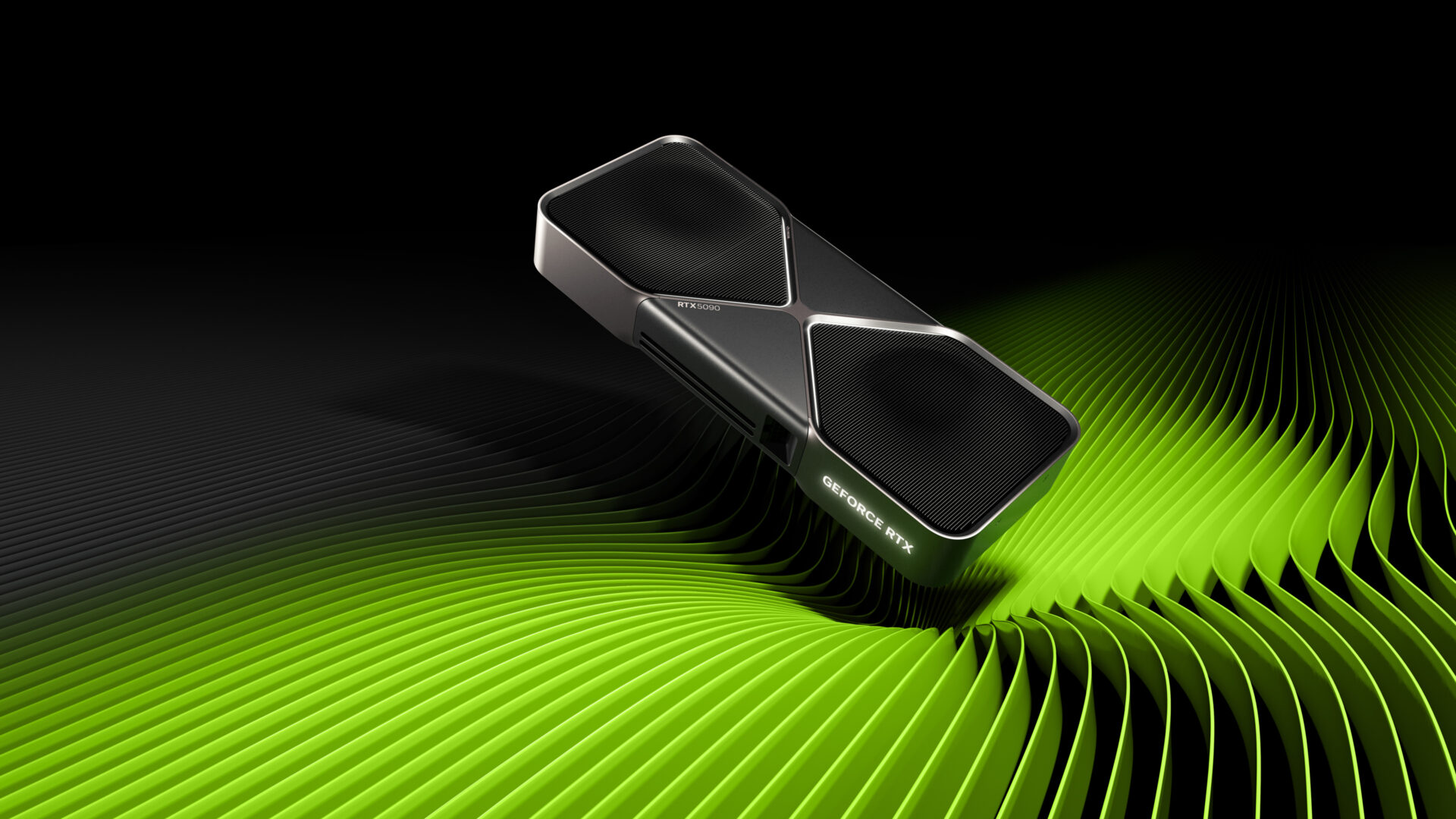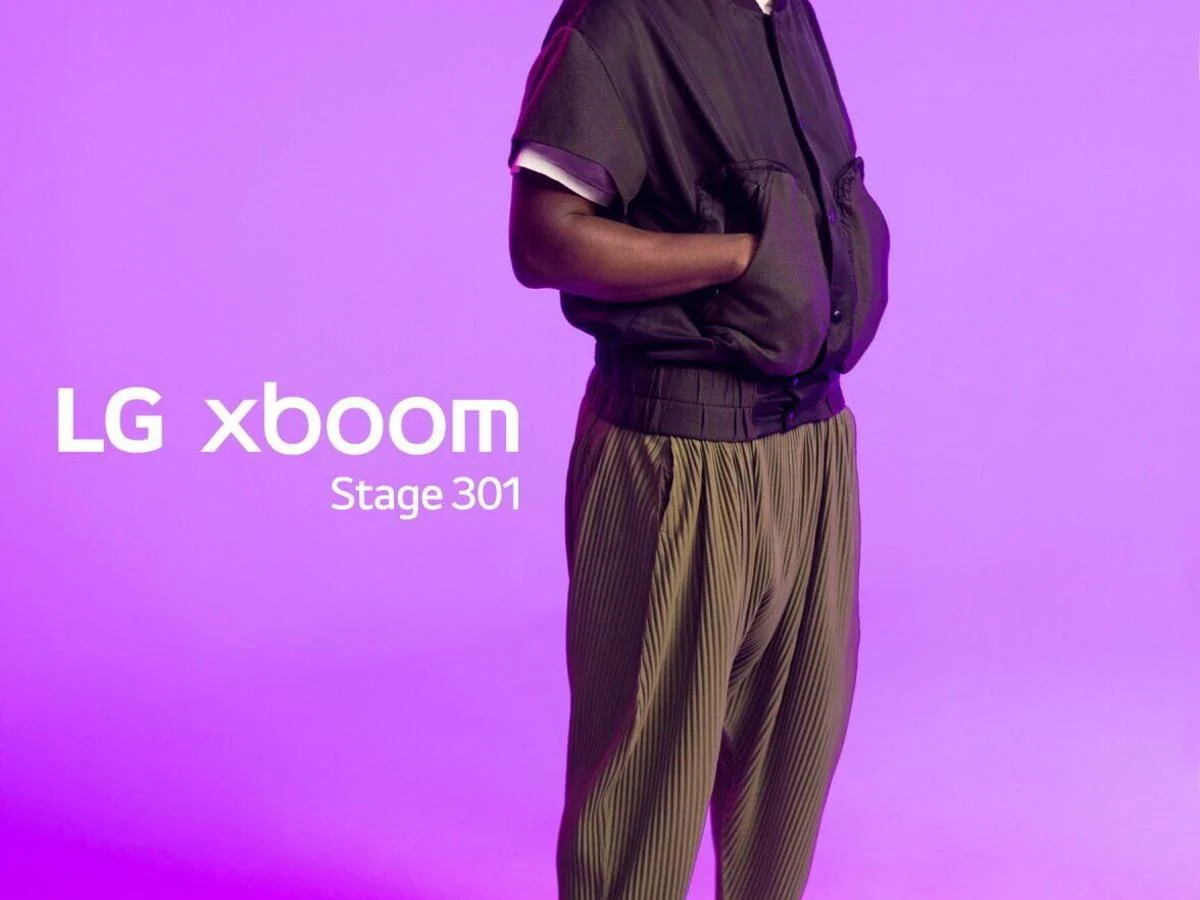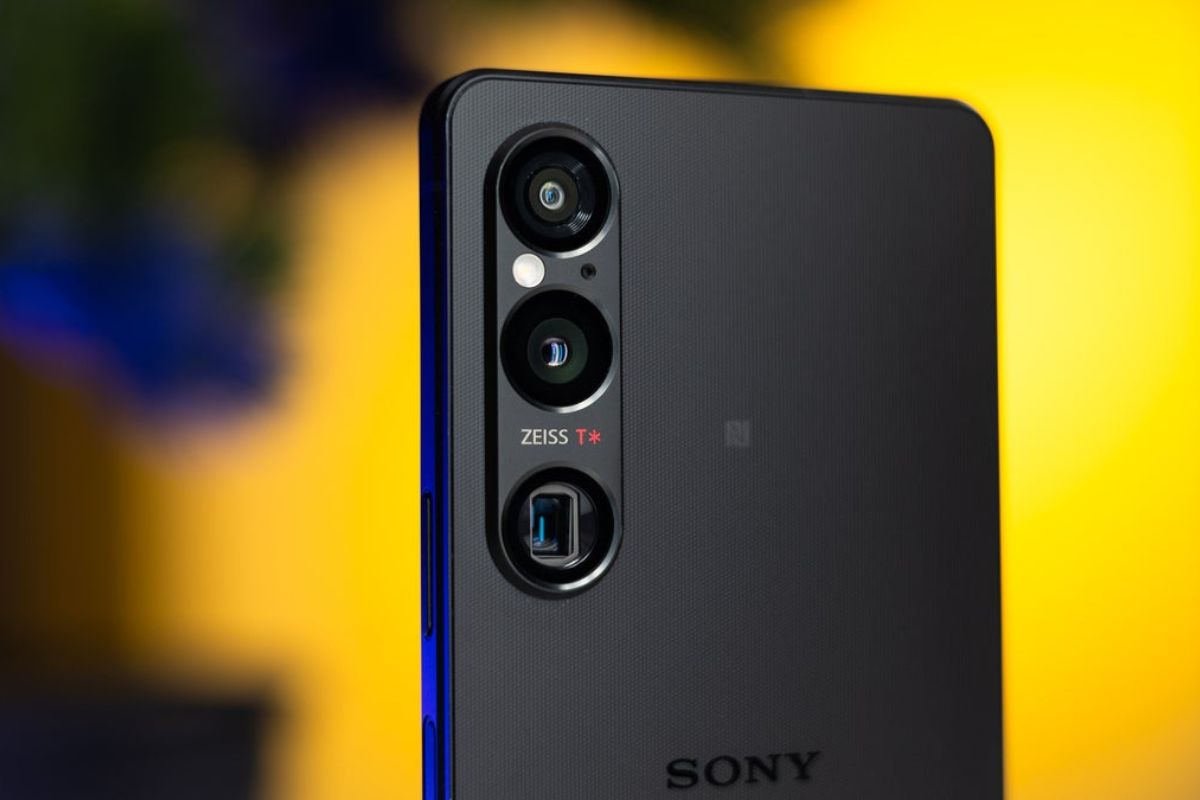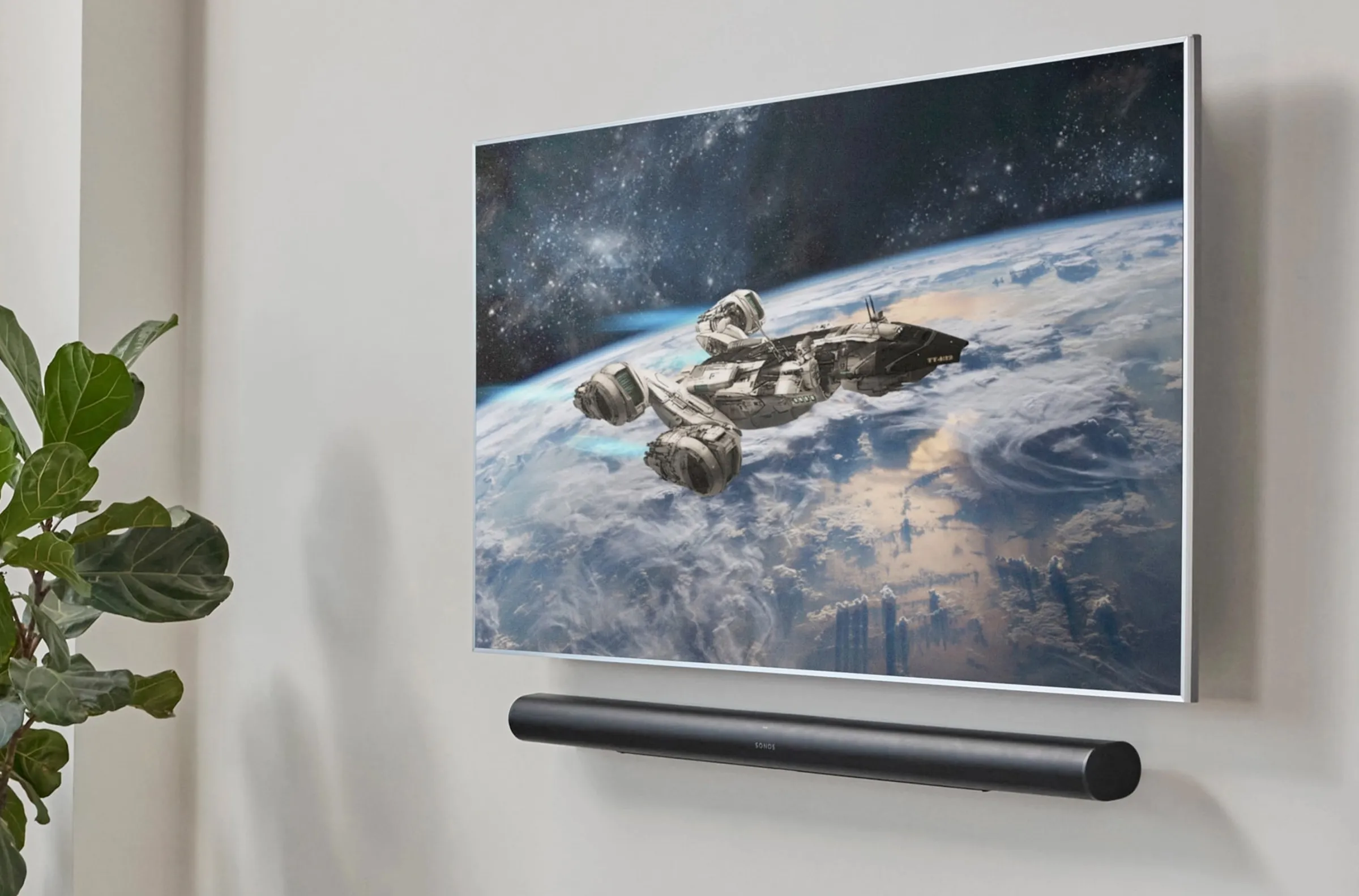NVIDIA has officially introduced its groundbreaking GeForce RTX 50 Series Desktop and Laptop GPUs, setting a new benchmark for gamers, creators, and developers. These GPUs, powered by the latest Blackwell architecture, incorporate advanced AI capabilities and deliver significant improvements in rendering, performance, and AI-driven workflows. Additionally, NVIDIA revealed several game-changing technologies, such as DLSS 4, RTX Neural Shaders, Autonomous Game Characters, and AI Foundation Models designed for RTX AI PCs. Here’s a detailed look at these advancements.
NVIDIA Blackwell GeForce RTX 50 Series: A Leap in AI Graphics
The GeForce RTX 50 Series GPUs, featuring fifth-generation Tensor Cores and fourth-generation RT Cores, redefine the future of AI computer graphics. With innovations like neural shaders, digital human rendering, and enhanced lighting techniques, the Blackwell architecture marks a significant evolution in visual fidelity.
At the forefront of this series is the GeForce RTX 5090 GPU, which boasts 92 billion transistors and over 3,352 trillion AI operations per second (TOPS), delivering twice the performance of its predecessor, the GeForce RTX 4090 GPU. Priced at INR 2,14,000, it will be available alongside the GeForce RTX 5080 GPU (INR 1,07,000) starting January 30. Other models, such as the GeForce RTX 5070 Ti and GeForce RTX 5070, will launch in February at INR 80,000 and INR 59,000, respectively.
DLSS 4: Boosting Performance and Visual Fidelity
NVIDIA DLSS 4 introduces Multi Frame Generation, leveraging AI to generate up to three frames per rendered frame. This new technique enhances frame rates, delivering an 8x performance boost over traditional rendering. It also integrates transformer-based models, ensuring superior stability, reduced ghosting, and enhanced anti-aliasing.
Additionally, NVIDIA Reflex 2 debuts Frame Warp, which reduces latency by up to 75%, offering competitive gamers a significant edge. With support for over 75 games and applications at launch, DLSS 4 is set to redefine gaming performance.
RTX Neural Shaders: Realism in Real-Time
With RTX Neural Shaders, NVIDIA brings small AI networks into programmable shaders, enabling real-time, film-quality materials and lighting. Technologies like RTX Neural Faces and RTX Mega Geometry introduce unprecedented realism, allowing developers to create high-quality digital humans, ray-traced hair, and detailed skin textures.
Microsoft has also collaborated with NVIDIA to extend support for these advancements through DirectX Cooperative Vectors, maximizing the potential of Tensor Cores on Windows platforms.
Autonomous Game Characters with NVIDIA ACE
The NVIDIA ACE suite powers autonomous game characters that can perceive, plan, and act dynamically within games. Titles like PUBG: Battlegrounds, InZOI, and MIR5 now feature characters driven by ACE, delivering more immersive and interactive gameplay. For instance, ACE-powered companions in PUBG adapt strategies to ensure survival, while MIR5’s AI raid bosses adjust their tactics based on player behavior, creating unique challenges in every session.
AI Foundation Models for RTX AI PCs
The GeForce RTX 50 Series GPUs also introduce AI Foundation Models optimized for RTX AI PCs. These models, supported by FP4 compute, run locally with a smaller memory footprint, enabling use cases like LLMs, vision language models, speech-to-text, and PDF extraction.
The innovative NVIDIA NIM microservices and AI Blueprints provide developers and enthusiasts with the tools to build AI agents and assistants. Demonstrated through Project R2X, users can interact with AI-driven PC avatars for tasks like document summarization, video conferencing assistance, and app navigation.
NVIDIA Studio: Tools for Creators
For creators, NVIDIA Studio harnesses the power of the RTX 50 Series GPUs to accelerate workflows. These GPUs support FP4 precision, doubling AI image generation performance and delivering enhanced 3D project capabilities with up to 32GB of VRAM.
The NVIDIA Broadcast app gains new AI-powered tools, such as Studio Voice for improved audio quality and Virtual Key Light for enhanced video streams. Additionally, Streamlabs’ Intelligent Streaming Assistant, powered by NVIDIA ACE, serves as a virtual co-host and producer for livestreams, elevating the quality of content creation.



















